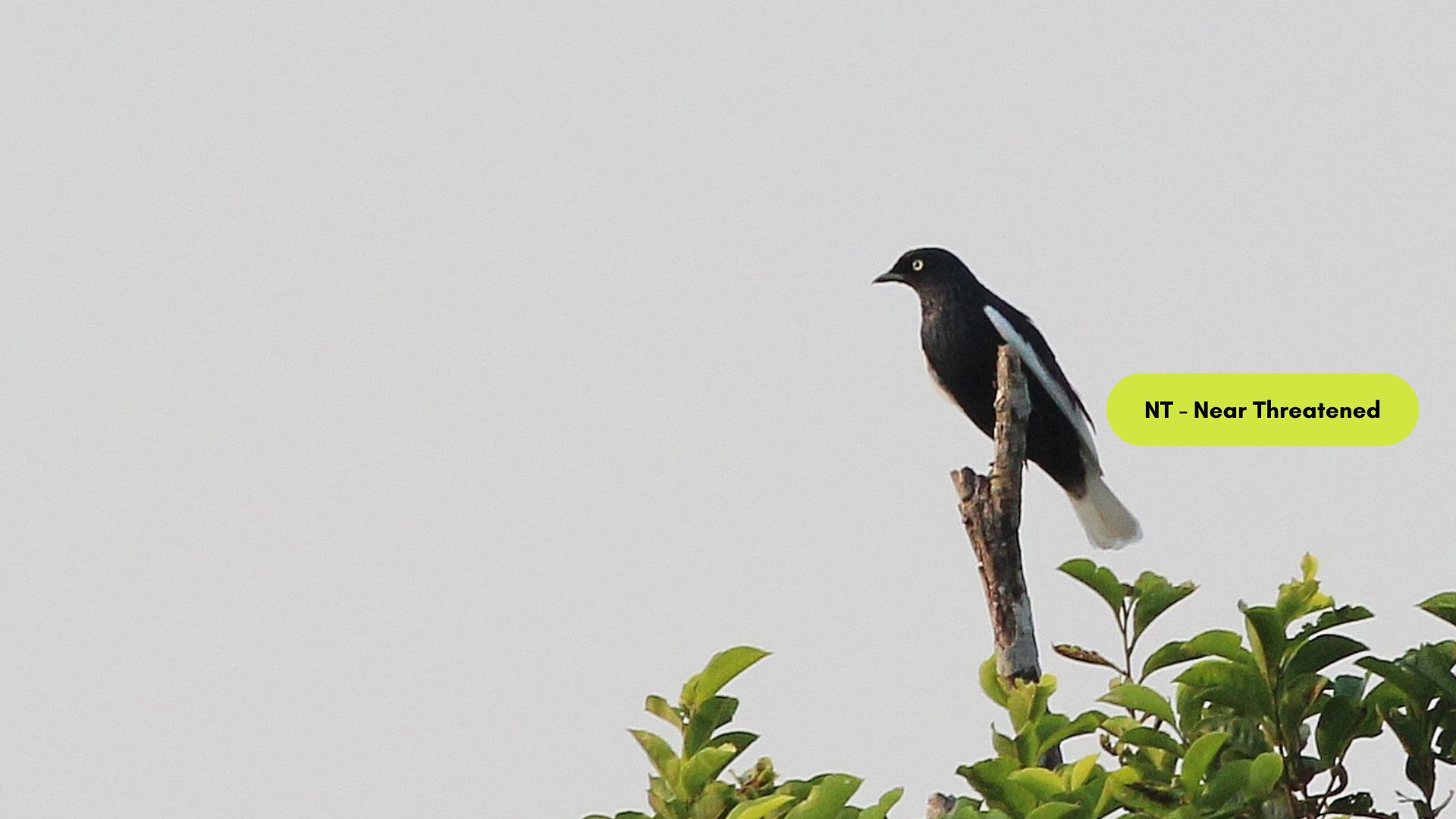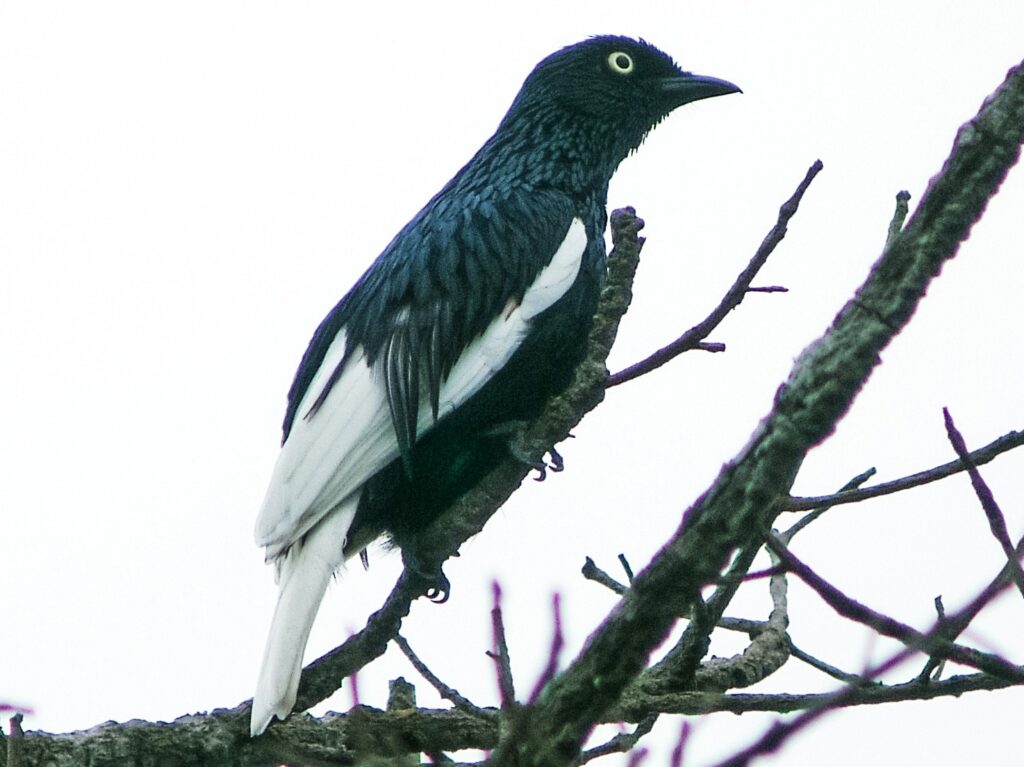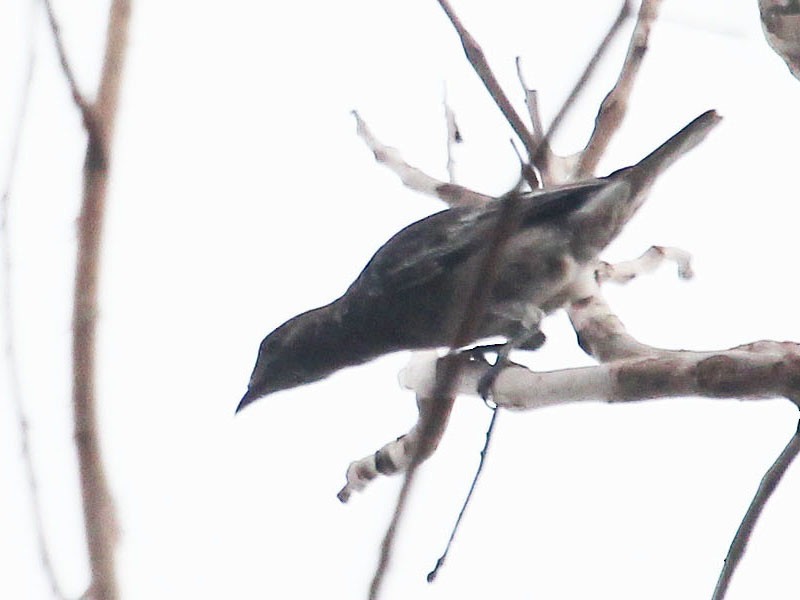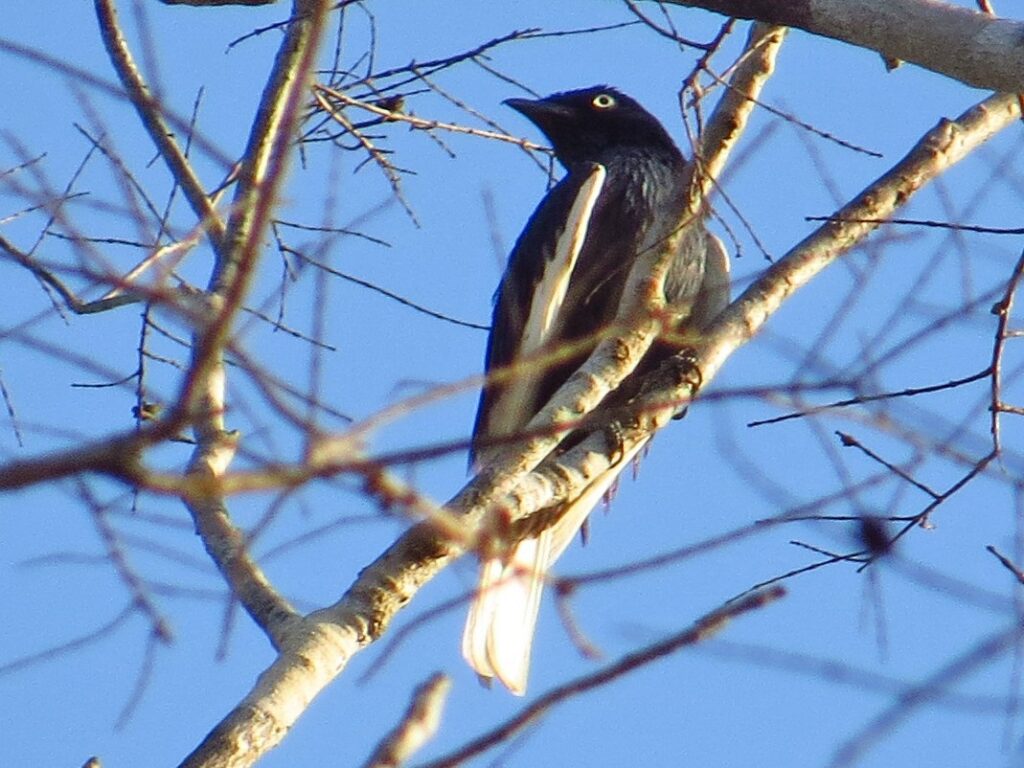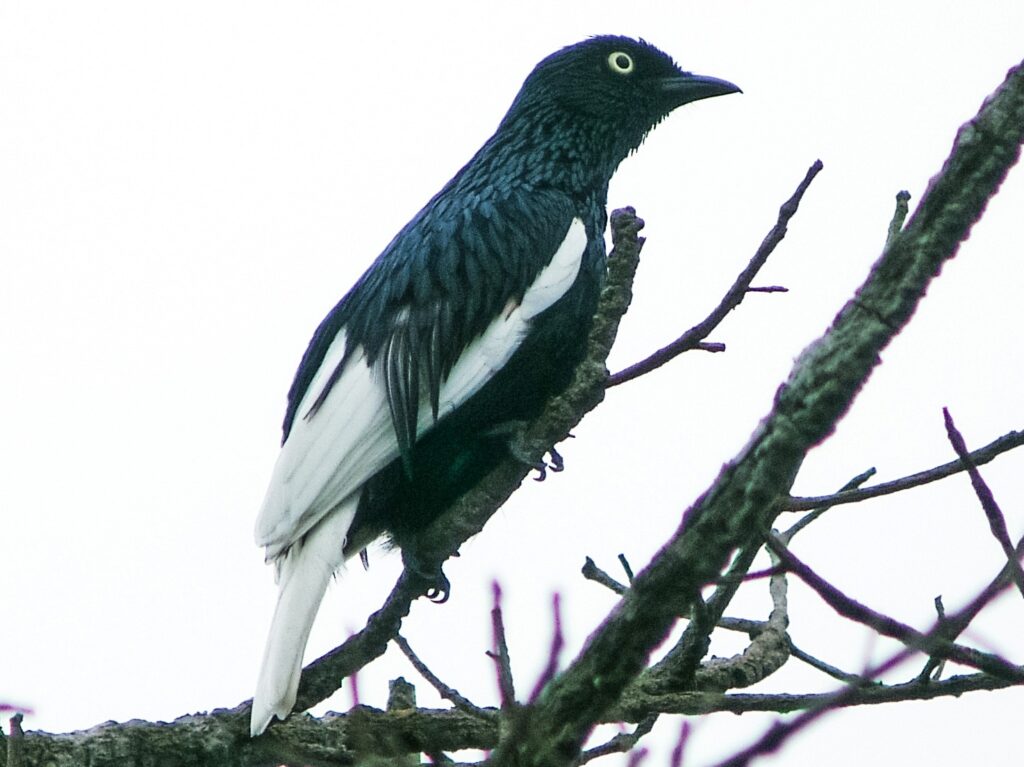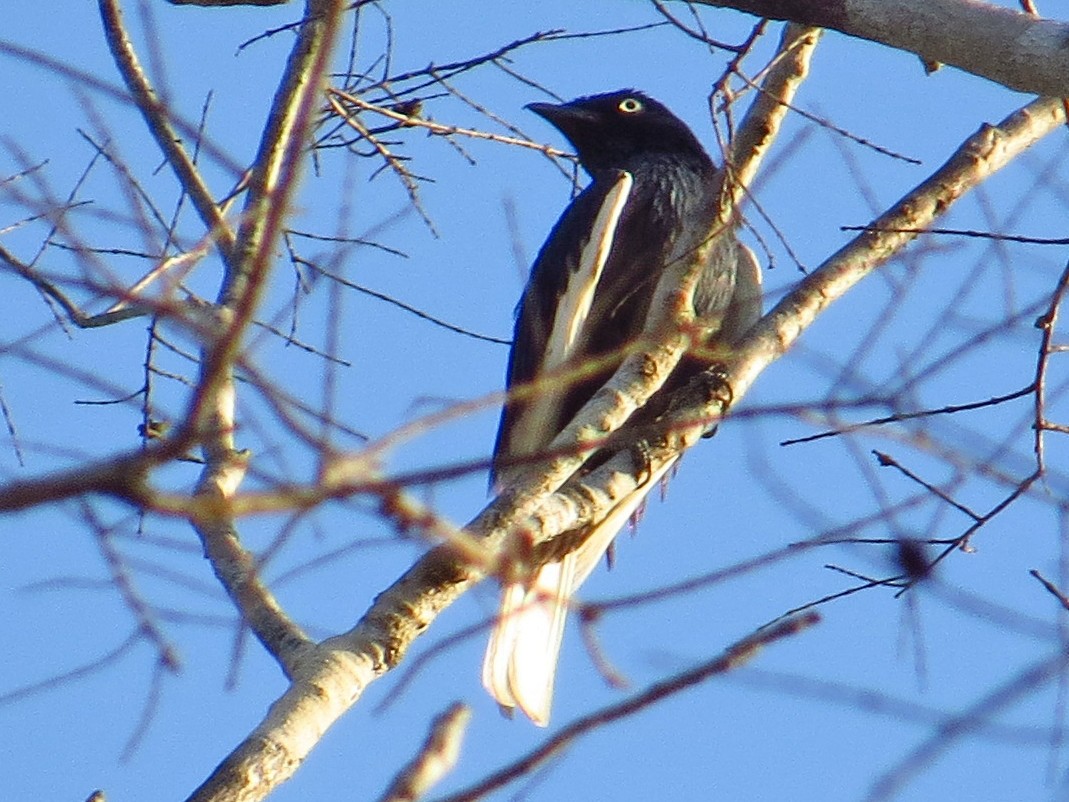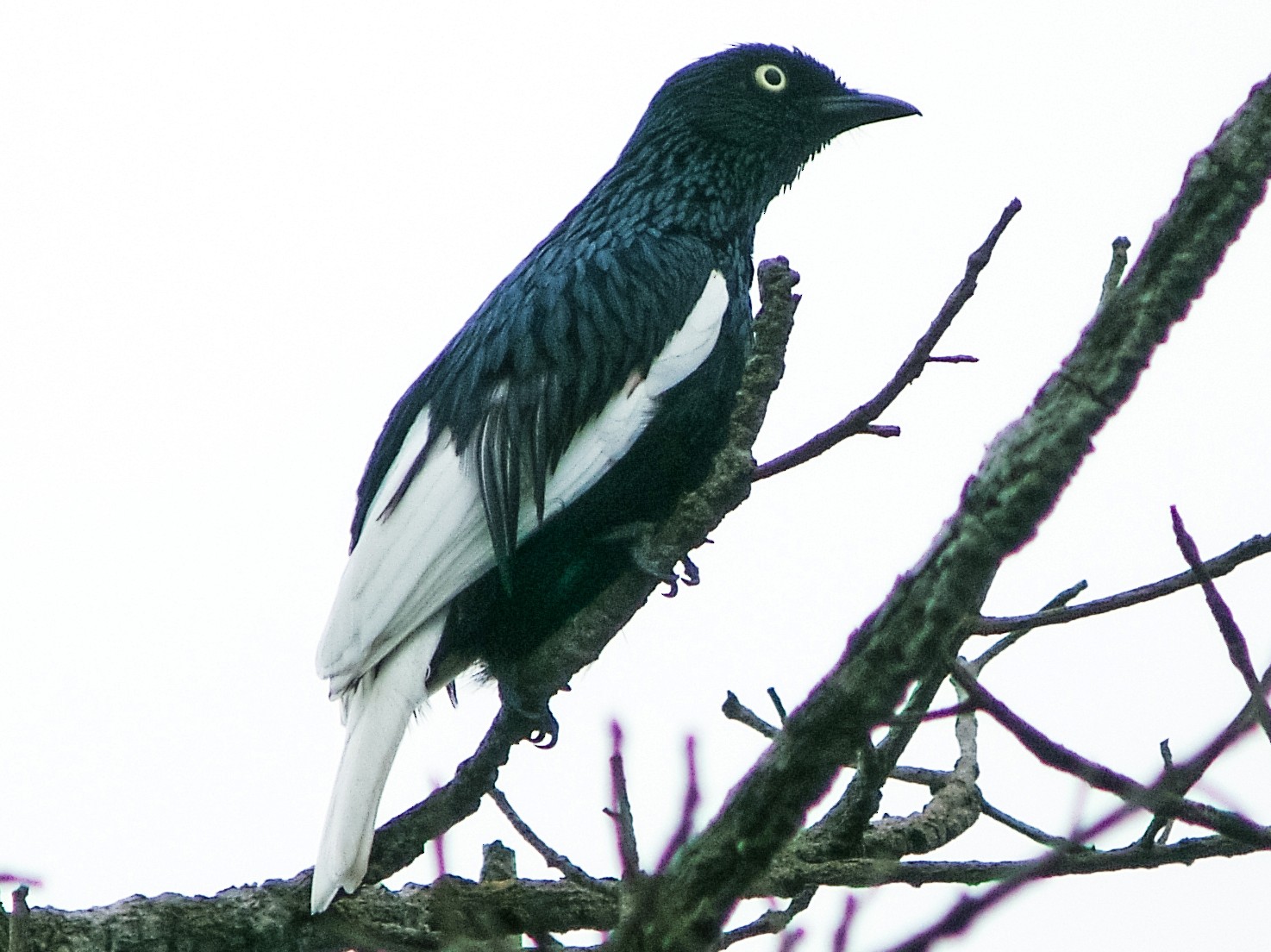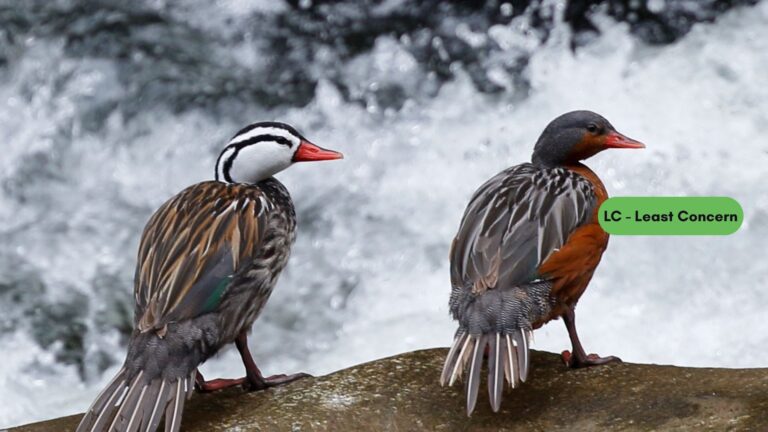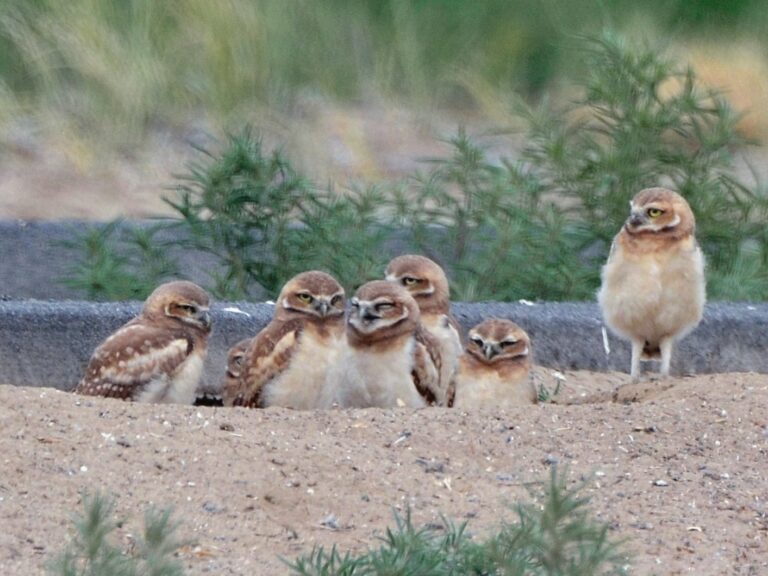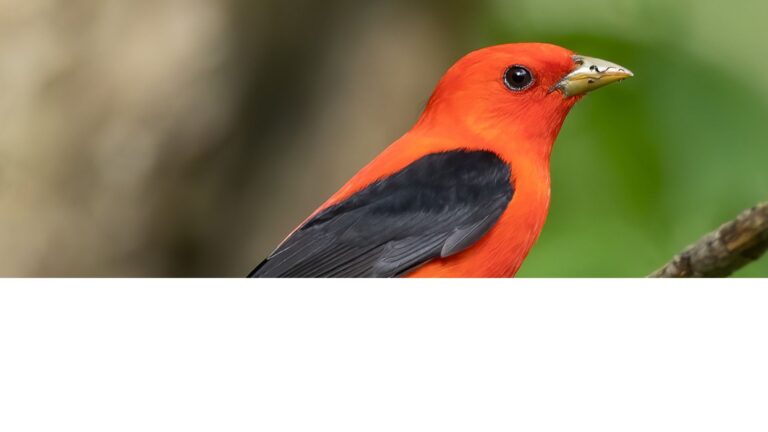White-tailed Cotinga Stunning Behaviors and Habitat Insights Revealed
The white-tailed cotinga stands out with its distinct tail and colorful look. It belongs to the cotinga family and hangs out in pretty specific forested spots. Scientists pay close attention to this species because its limited range and quirky habits give us a window into tropical bird life.
You’ll usually find it in humid montane forests, preferring dense tree cover. The white-tailed cotinga often sticks near display areas during mating rituals and doesn’t wander far from its usual territory. Its population is quite localized, making habitat protection a real priority.
If you’re curious about how birds like the cotinga adapt and survive despite challenges, this species is a fascinating example. For a closer look at related behaviors, check out this study on red-cotingas, which are close relatives: Notes on the behavior and ecology of the red-cotingas.
Key Takeways
- The white-tailed cotinga lives in a limited, specific forest habitat.
- Its unique physical traits make it easy to spot among cotingas.
- Population research highlights why we need to conserve its natural home.
Sign Up for Our Monthly Newsletter
Every month we send out our newsletter about interesting (and sometimes quirky) things happening in the world of birding. Give it a try!
Taxonomy and Classification
The White-tailed Cotinga belongs to a group of eye-catching birds with vibrant looks and unique traits. Scientists classify it by precise naming and its place among similar species in the broader bird family tree.
Scientific Naming and Synonyms
Its official name is Xipholena lamellipennis. Over time, people have called it by different names in various languages, showing just how widely it’s recognized.
Some of its other names include cotinga à queue blanche (French), cotinga coliblanco and cotinga cuablanc (Spanish), and witstaartcotinga (Dutch). Asian birders might know it as オジロカザリドリ or 白尾傘鳥 (Japanese), and 白尾伞鸟 (Chinese). In Russian, it’s белохвостая украшенная котинга.
Still, Xipholena lamellipennis is the official scientific name everyone agrees on.
Related Species
The White-tailed Cotinga shares its genus with the White-winged Cotinga (Xipholena atropurpurea). Both are medium-sized and brightly colored, but the tail and wing markings set them apart.
The genus Xipholena only includes a few cotingas, each with features that help us tell them apart in the wild. The White-tailed Cotinga’s pure white tail really pops against its relatives’ darker wings.
Local names sometimes overlap, like cotinga codabianca or vitstjärtskotinga, which makes it extra important to use scientific names to avoid mix-ups.
Family Cotingidae
The White-tailed Cotinga is part of the Cotingidae family—a diverse bunch of fruit-loving birds mostly found in Central and South America. These birds usually have strong bills, bold colors, and some pretty wild calls or displays.
You’ll find them in the order Passeriformes, which covers all sorts of perching and songbirds. The Cotingidae family is huge, ranging from big bellbirds to smaller cotingas. They play a big role in their forests by spreading seeds. Dive into more details with this Ornithological inventory from Brazil.
Physical Characteristics
The White-tailed Cotinga shows off striking colors and features that make males and females easy to tell apart. Its plumage stands out with bold contrasts, and details like eye color and wattles really complete the look. The body shape and feather patterns help birders pick it out in a crowd.
Plumage and Sexual Dimorphism
The male White-tailed Cotinga rocks a mostly black body with bright white wings and tail feathers. That contrast is hard to miss, especially when he takes off. His black feathers have a bit of a gloss, making those white patches pop. The female, on the other hand, looks a lot more subdued.
She’s mostly grayish-brown with just a hint of white on her tail or wings. The difference between the sexes is pretty obvious at first glance.
Distinctive Features
One thing that jumps out is the bird’s bright yellow eyes—pretty rare among similar species. The white on the tail and wings forms a pattern that’s easy to spot from far away. The male also has small, fleshy wattles near the eyes. These wattles can change in size and give his head a unique shape.
Male and Female Differences
Males are bigger and much flashier, with that bold black-and-white look, yellow eyes, and wattles. Females keep a lower profile, blending in with muted browns and grays.
This contrast helps males show off at leks and attract mates, while females stay safer during nesting. Both have similar builds, but their colors and ornamentation couldn’t be more different. Want more? Check out this research on the white-tailed cotinga’s behavior and ecology.
Distribution and Habitat
The White-tailed Cotinga sticks to particular regions of South America, mostly in Brazil. It’s a forest bird, favoring tropical and subtropical zones with high biodiversity. Its presence really depends on certain protected areas and forest types that still have plenty of native trees and wildlife.
Geographic Range
This bird is native to eastern Brazil, especially in coastal states like Bahia. Birders have spotted it around Porto Seguro and the Estação Veracruz reserve. Its range is patchy—small, isolated forest fragments rather than one big area. That definitely limits where you’ll find it.
Most records are from humid forests close to the Atlantic coast. These spots sit in the transition zone of the Amazon biome and have some unique subtropical habitats mixed in. Since the bird doesn’t venture far outside these forests, protecting these areas is absolutely vital.
Preferred Environments
The White-tailed Cotinga loves tropical and subtropical forests with thick tree cover. It needs mature forests for food and nesting. Secondary growth and forest patches near rivers also work, but open clearings aren’t its thing. It really thrives in places with a continuous canopy, especially inside nature reserves.
Highly disturbed or cleared land? Nope, not for this bird. It relies on a good mix of native trees to support the insects and fruit it eats.
Endemism and Regional Biodiversity
This species is endemic to Brazil—it doesn’t exist anywhere else. Its presence shows just how important the biodiversity of Bahia and the coastal forests is. These forests are packed with unique plants and animals, many of which are also threatened by habitat loss. Protecting the White-tailed Cotinga’s home helps lots of other local species, too.
Groups working in places like Estação Veracruz are trying to keep these habitats safe and the regional biodiversity intact. For more, check out this Cotinga PDF.
Behavior and Ecology
The White-tailed Cotinga’s behavior is full of quirks, especially when it comes to social life, breeding, and communication. Its courtship gets pretty dramatic, with males gathering in small groups called leks to show off for females.
Nesting lines up with certain times of year, and the bird’s seasonal activity matches environmental changes. Timing is everything.
Social and Reproductive Behaviors
White-tailed Cotingas gather in leks, where males strut their stuff to attract females. These gatherings happen in open spots within the forest, making the males easy to spot. Males put on a visual show, flashing those bright white tails and other features. Females drop by to check out the displays and pick their favorites.
Outside of mating season, these birds are usually alone or in small groups. Their diet is mostly fruit, so they’re important for spreading seeds in the forest. The lekking setup is a bit like what you see in some related species. It lets the males compete in one spot, making the whole process a little less chaotic.
Breeding and Nesting
Breeding happens during certain months, usually lining up with the rainy season for best food supply. The female builds a simple nest out of twigs and leaves, tucking it into a tree fork or shrub.
She lays a small clutch—just one or two eggs. The female does all the incubating and chick-rearing herself. The nest blends in well, hiding chicks from predators. Males skip out on nest duties and keep displaying at the lek instead.
How well the breeding season goes depends a lot on the female finding a good nest spot and enough food for the chicks.
Vocalizations and Displays
White-tailed Cotingas use calls to talk during breeding and when sorting out territory. Their calls are loud and repetitive, which helps them cut through the dense forest noise. During courtship, males mix calls with tail displays, spreading their white tails wide to get the female’s attention. The white really stands out against all that green.
Calls also help keep some distance between males at the lek, so they don’t start fighting. The combo of flashy visuals and sound is key for attracting mates and keeping the peace.
Seasonal Patterns
The White-tailed Cotinga changes its behavior with the seasons, mostly depending on breeding and food. Lekking and courtship displays really pick up just before and during the rainy season, when fruit is everywhere.
When breeding winds down, these birds scatter out and search for food in a wider area. This timing means chicks hatch right when there’s plenty to eat and grow on. They don’t migrate much; instead, they stay within their home range and shift their routines based on the weather and what’s ripe. Seasonal swings shape their vocal activity and how social they get.
If you want to dig deeper into their courtship and calls, check out studies on red-cotinga courtship and ecology in Notes on the behavior and ecology of the red-cotingas.
Diet and Feeding Habits
The White-tailed Cotinga mostly eats fruit, but sometimes mixes it up with other foods. Its feeding style is surprisingly efficient for grabbing fruit, and it often rubs shoulders with other birds that like similar snacks.
Primary Diet
This bird’s go-to food is fruit, especially berries in the forest. Ripe, juicy fruits are favorites since they’re packed with energy and nutrients. It’ll take insects now and then, but not very often. Fruits dominate its menu, so it’s a classic fruiteater. When fruit ripens in the forest, it shifts its feeding times to match.
Feeding Strategies
The Cotinga usually perches or makes short hops to reach fruit clusters. It prefers to eat quietly, often alone or with just one other bird, probably to dodge competition.
It picks fruit that’s out in the open or easy to get to. Sometimes it hovers for a second to pluck a berry, but it doesn’t really eat on the wing. Its beak is sharp enough to snap off berries without wrecking the plant—unlike those plantcutters that can be a bit destructive.
Interactions with Other Fruiteaters
You’ll often spot the White-tailed Cotinga in mixed-species flocks alongside other fruit-loving birds. This teamwork helps them find food faster and stay alert for danger.
Even though it shares feeding spots with berryeaters and other cotingas, they avoid too much rivalry by eating at different heights or times. This kind of loose cooperation keeps things balanced in the forest and makes sure there’s enough fruit to go around. Want more on mixed flocking and feeding? See observations on red-cotingas.
Conservation Status and Importance
The White-tailed Cotinga faces some real challenges that threaten its survival and shake up its natural habitats. Conservationists and birders keep a close watch on it, since it’s both threatened and important to local ecosystems.
Current Threats
Habitat loss is the big one. Deforestation for farming and development shrinks the space where it can live and breed, and this hits hardest in places packed with biodiversity.
Pollution and climate change mess with its food sources and nesting spots, too. Illegal capture and trade aren’t the main issues, but they still pop up now and then. All this together pushes some populations closer to trouble.
Protection efforts struggle, mostly because a lot of habitats aren’t formally protected. Conservationists keep saying these areas need to be a priority before things get worse.
IUCN Red List Status
The White-tailed Cotinga sits at Near Threatened on the IUCN Red List, which isn’t great—it means it’s got a high risk of going extinct in the wild. This status mostly comes from habitat loss and fragmentation.
IUCN looks at things like how many are left, how fast numbers are dropping, and where they live. Populations keep dropping, mainly because of people changing the landscape. Conservation actions really need to step up to slow or stop these declines. If you’re curious about the details, reports from the Neotropical Bird Club are worth a read.
Role in Ecosystems
The White-tailed Cotinga spreads seeds as it eats fruit and berries, moving them all over the forest. That’s huge for plant diversity and forest regrowth. It also serves as prey for bigger predators, so it fits right into the food web. You’ll usually find it in healthy forests—if it’s around, the habitat’s probably in decent shape.
Losing this bird could mess up the ecosystem, affecting other plants and animals in the same space. Protecting it helps keep the region’s biodiversity intact.
Birding and Scientific Interest
Birders love spotting the White-tailed Cotinga because it looks unique and isn’t easy to find. It’s a highlight on birding tours in South America.
Researchers dig into its calls, breeding, and diet to guide conservation efforts. That kind of research helps pick out which areas most need protection and pinpoints what’s causing numbers to fall. Ornithological surveys, like those in Minas Gerais, Brazil, map out where these birds still live. Birding and science together keep the push for conservation going.
Frequently Asked Questions
The White-tailed Cotinga’s got some unique looks and a pretty specific set of needs. Its diet, the threats it faces, and what’s being done to protect it are all worth knowing if you care about its future.
What are the distinguishing features of the White-tailed Cotinga compared to other Cotinga species?
You can pick out the White-tailed Cotinga by its bright white tail feathers—none of the other cotingas have that. Its shape and coloring also set it apart from close relatives like the Red-cotingas.
What is the typical habitat of the White-tailed Cotinga?
It sticks to montane humid forests, mostly in the mountains between 1900 and 3500 meters up. These forests give it what it needs for nesting and feeding.
Can the White-tailed Cotinga be found in captivity, and if so, under what conditions?
It’s almost never kept in captivity. If someone does try, it needs a big, natural space that feels like its mountain home, with room to fly and natural food to eat.
What are the feeding habits of the White-tailed Cotinga?
Mainly, it eats fruit—sometimes insects, like flying termites, too. It often feeds high up in the canopy, usually near fruiting trees like Cecropia.
What are the known threats to the White-tailed Cotinga population?
Deforestation is the main problem. Its small population and limited range also make it sensitive to environmental changes and human activity.
What conservation efforts are in place for the White-tailed Cotinga?
Conservation teams put a lot of energy into protecting the White-tailed Cotinga’s montane forest habitat. They also keep a close eye on population numbers.
People are working to conserve areas like the forests around the Cordillera region, which seems pretty important for the species’ survival. If you’re curious, you can check out this study on Cotinga habitats.
